
Old Town of Luxembourg: Ville Haute, Grund and their dwellers
Explore the old quarters of Luxembourg City — with the medieval charm of Ville Haute with its cafes, museums, and shops, and The Grund with a tranquil riverside village atmosphere.
Once considered one of the strongest fortresses in Europe, this site has become one of the most recognizable features of the Grand Duchy — anyone who has taken a tram across the bridge has looked out over the ravine, filled with trees and secluded corners, overlooking the noisiest part of the city.
The fortifications of the city of Luxembourg were first built in the sixteenth century. They represent 180 hectares of high walls, cobbled streets, and a level of UNESCO heritage. It is a great place to spend a weekend learning about the country's history and enjoying a scenic walk with your loved ones. So put on your shoes and let's visit Luxembourg. In this article, we will explore the oldest part of the country where kings and knights set foot.
Historical Center of Luxembourg
This name usually refers to two neighborhoods: Upper Town and The Grund. The Upper Town boasts old streets full of attractions such as cafes, museums and stores in medieval style. Here, for example, you'll find the Cercle Cité cultural center, the Casino Luxembourg Contemporary Art Forum, the Capuchin Theater, the Royal Hamilius shopping mall, and the Bierger-Center — a place where you can register and request certificates - as well as many other buildings.
This area is easily accessible thanks to numerous bus routes, including night buses. If you choose to travel by bicycle, there are 12 Vel'OH stations to choose from. In the south, Ville Haute touches the Gare district, where the train station is located, so it's not hard to reach the neighborhood from anywhere in the Grand Duchy.
The lower area of the Old Town is a more peaceful and serene neighborhood. The Grund is located closer to the river and would look like a small village if it weren't for the ruins of the ancient city walls nearby. Besides the fortresses, you'll find the medieval arched stone bridge Pont-du-Stierchen, the Neumünster Abbey and the chapel of Saint-Quirin, carved in the rock during the 14th century.
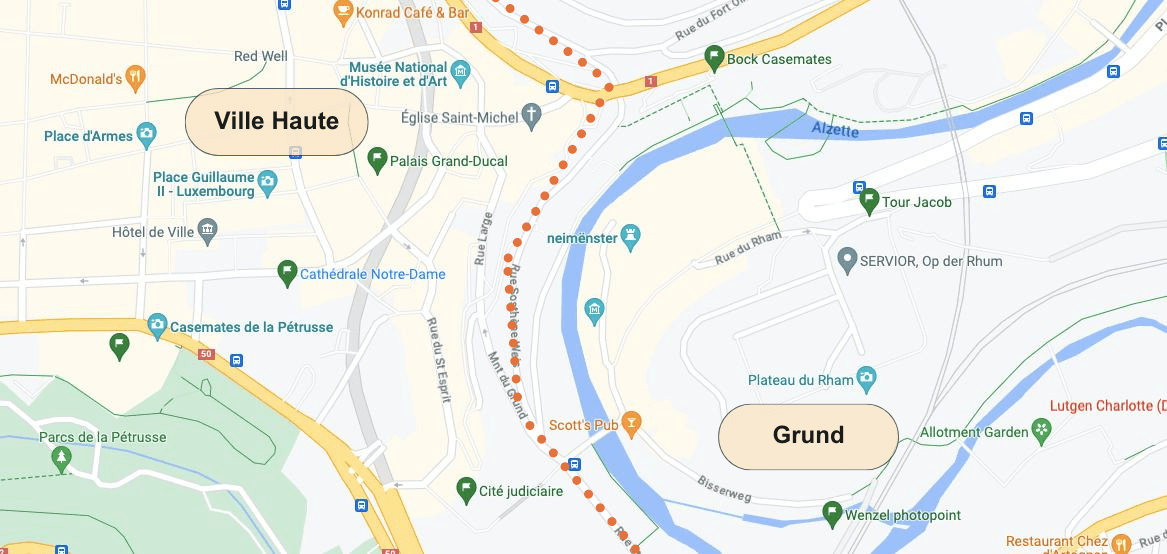
Downtown of Luxembourg City is a great place for a short trip of a day or two: there are many different sights from different eras in a small area. In fact, the area is so small that you shouldn't have any trouble getting around on foot. Of course, you'll find plenty of excursions along the way.
However, if you want to visit everything and get a more unified impression, you might be interested in the self-guided audio guide called Luxembourg Old Town Walk (Self Guided). It is available in English.
UNESCO Heritage in Luxembourg
Today, Luxembourg is a small, peaceful country with no associated military power. But think about it: why has this tiny state remained independent in an era of constant European wars? The secret lies in its ability to defend itself.
Luxembourg originally existed as a fortress on a high bank near the confluence of two rivers. Later fortifications protected the surrounding settlements. These forts have been captured many times, but have never been destroyed by invaders. As a result, Luxembourg has preserved a large part of the original medieval settlement and its defenses. It is only logical that one of the best-preserved sites of ancient urbanism in Europe has been included in the UNESCO World Heritage List.
Its visual appearance is of particular interest: we can see how the fortifications are built into the terrain and understand what dictated the construction decisions.
Ville Haute in Luxembourg
Beginning the journey around the Old Town, you will be greeted with the Ville Haute or Upper Town. First head to the streets of the commercial center of Luxembourg City. Here you will see fancy boutiques, galleries and museums, municipal buildings such as Town Hall, and various offices. Below is a list of some highly recommended sights.
Notre-Dame Cathedral, The Cathedral of Our Lady
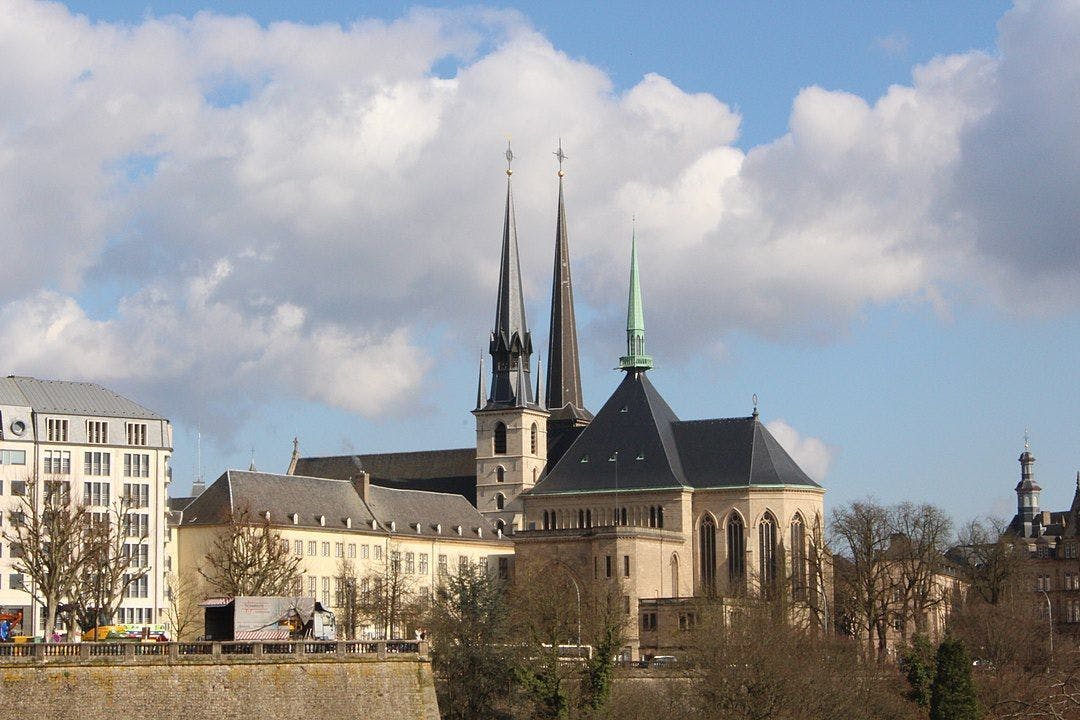
It is an impressive example of late Gothic church architecture. However, in the middle of the nineteenth century, the original baroque interior was replaced by a neo-gothic one. The rulers of Luxembourg are buried in the cathedral and this tradition is still followed today.
The Cathedral of Our Lady was not originally a cathedral and did not bear the name of Our Lady. For most of its history, the building existed as a church.
Only in the second half of the nineteenth century, when Luxembourg had its own Catholic bishop, did the status of the building change to "cathedral". And the name of Our Lady has been given to the temple about the same time — before that the church bore the name of the Apostle Peter, and even he was not the first of its patron saints.
Moreover, even the building itself has been modified throughout history. Two of the cathedral’s three towers were completed in the first half of the twentieth century. And half a century later, the only original tower burned down, so now we can only see its restored version.
Grand Ducal Palace
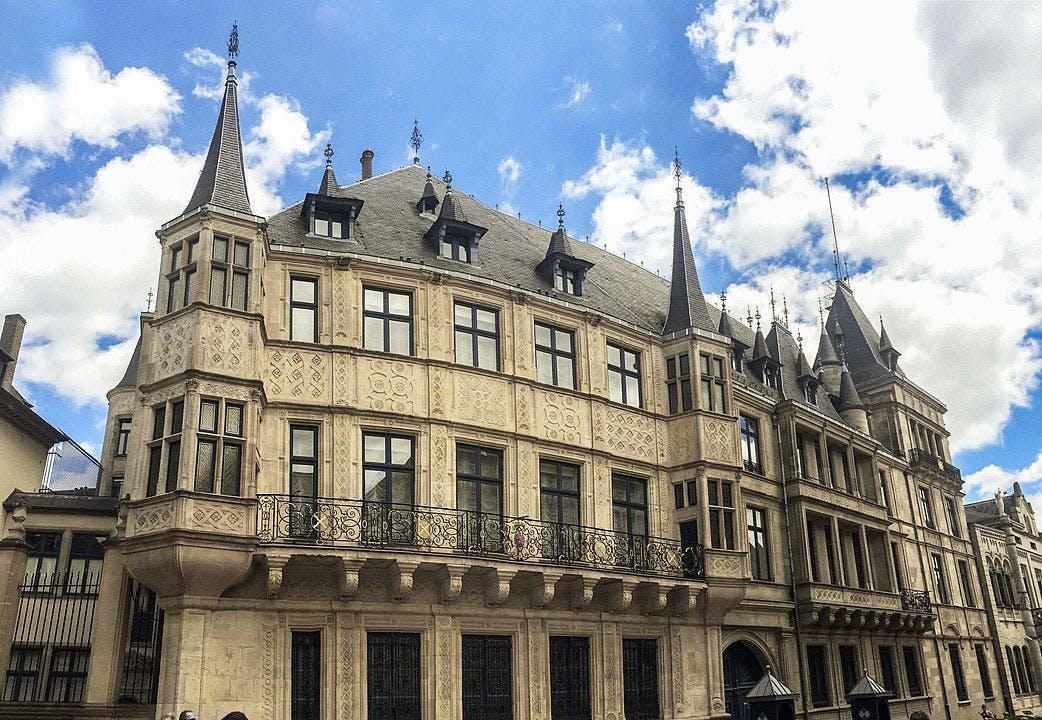
A palace from the sixteenth century, refined in later centuries. Until the rulers of Luxembourg move to Notre Dame Cathedral, they usually stay there as it is their official residence.
Unfortunately, the palace is only open to visitors for one and a half to two summer months a year.
In 2023, you can get inside from mid-July to early September. Tickets are sold on the website of the Luxembourg City Tourist Office. Yes, there is an entrance fee, but the Grand Duke and Duchess do not prey on tourists, all 15 euros paid for your ticket go to their charity foundation, which faithfully helps people in Luxembourg and abroad.
Incidentally, you can learn more about Luxembourg's charity work in our feature article in the Knowledge Library.
Gëlle Fra Monument
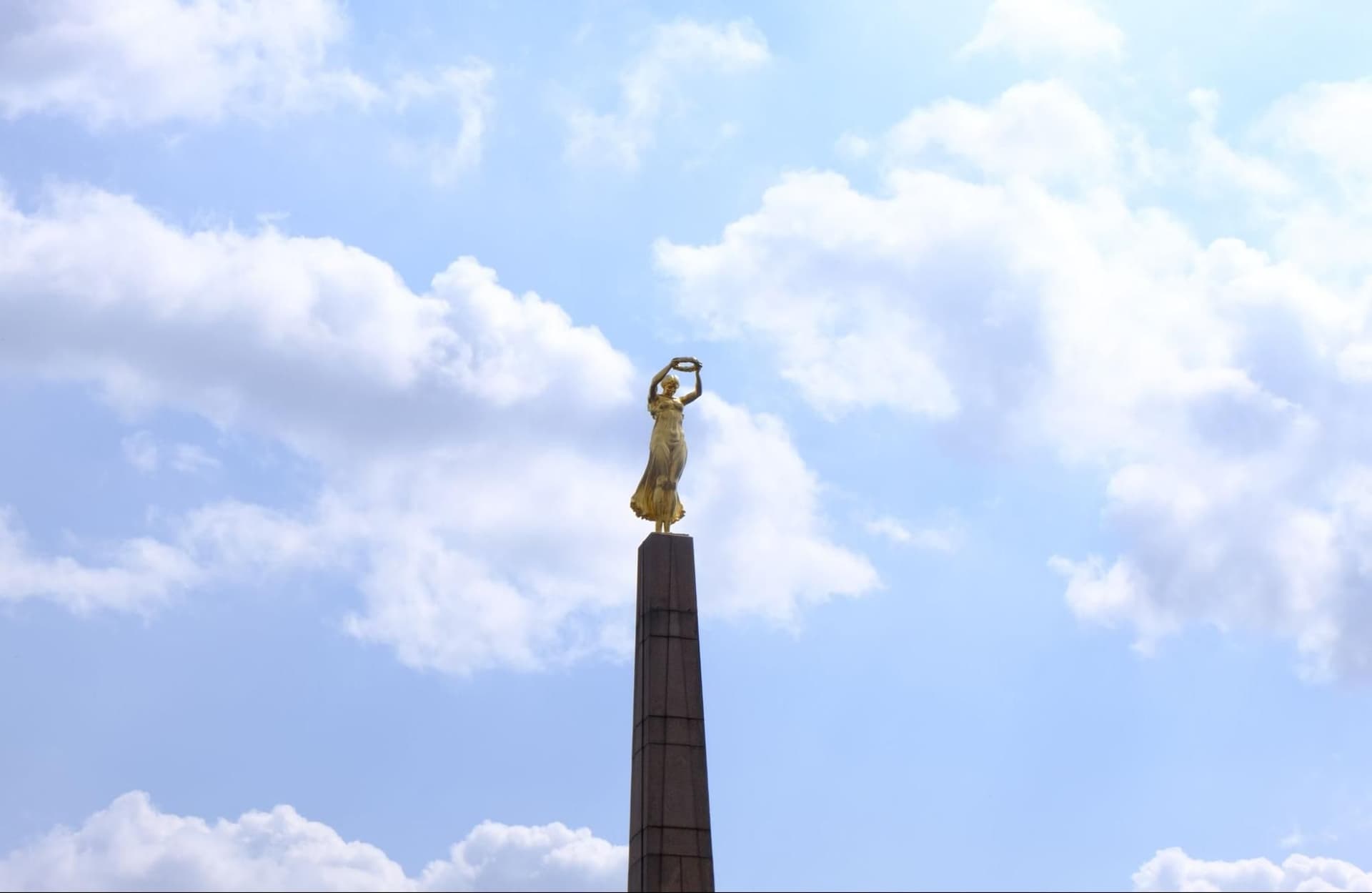
The sculpture of a golden lady with a wreath celebrates its centenary this year. It's true that she didn't stay on the pedestal all that time. When the Germans invaded Luxembourg during the Second World War, they demolished the monument. It was sad but logical: the monument was erected in honor of the Luxembourg volunteers who had fought against the Germans in World War I.
The monument was not erected in 1923 but in December 1922. The birth of Gëlle Fra dates from 1923, because only six months after the golden woman, two bronze soldiers were installed at the base, forming a sculptural group with the woman.
Five years later, the Allies recaptured Luxembourg. But of the entire monument, only the pedestal was restored: the sculptures were lost. Only 40 years later, the golden woman was found under the city football stadium, restored, and returned to her rightful place.
However, she then left the pedestal again, voluntarily if one may say so. Gélle Fra represented the Luxembourg Pavilion at the Shanghai Expo in 2010. On her way home, she stopped in Bascharage, the hometown of her creator, which must have been a good time to see her, because the statue stood at spectator level — without a pedestal.
Justice Quarter
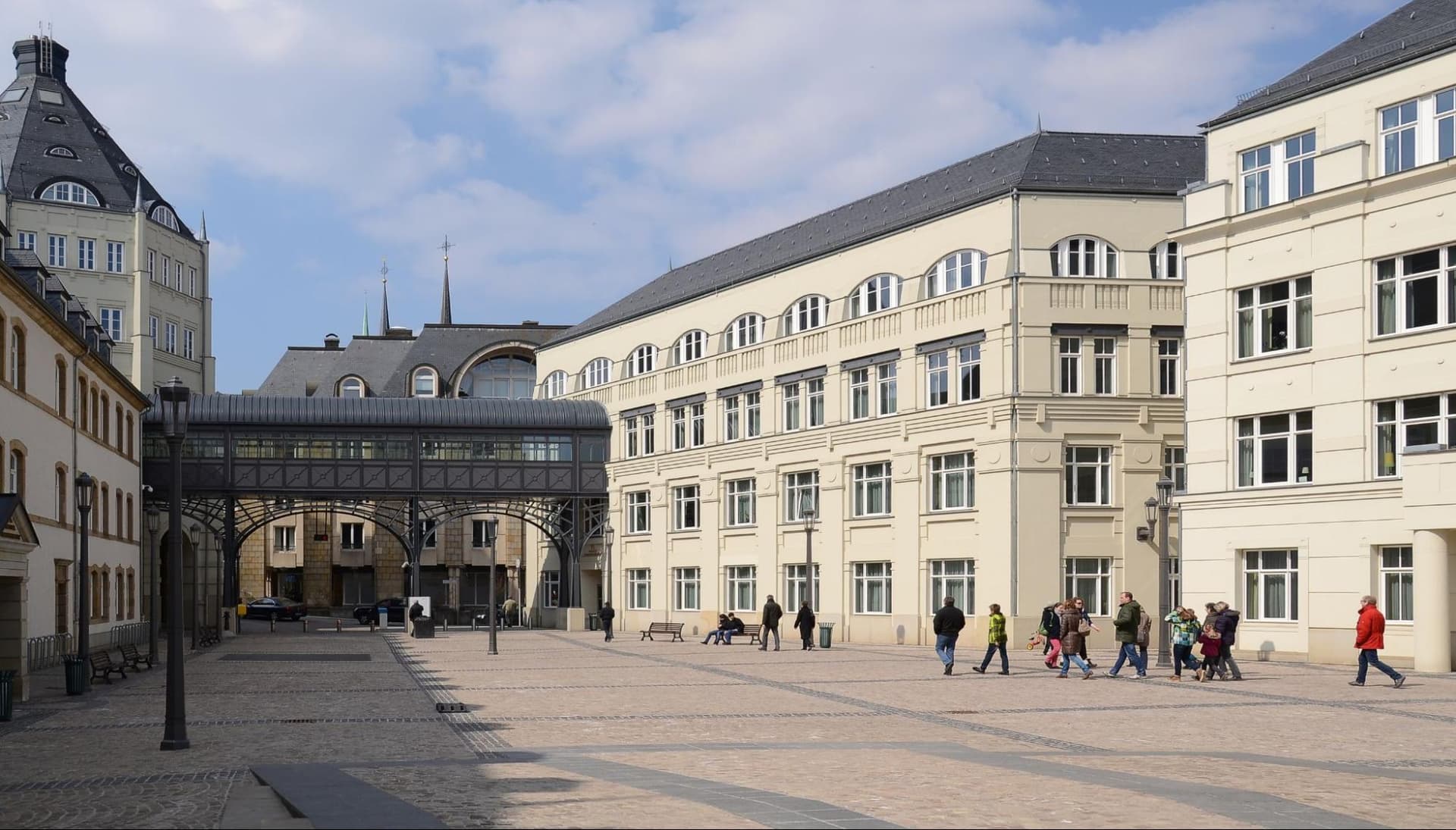
A special Luxembourg quarter for the judiciary sounds like something old and historic, and the appearance of the buildings confirms this assumption. But don't let it fool you. The district is brand new, built in the early years of this century.
If you're not prejudiced against the architecture because of its age, the Justice Quarter is still worth a visit: there's a lot to see there besides the legendary colorful vases.
The oldest part of the historical territory can be reached by taking the elevator or stairs from the Ville Haute. The elevator is located near the Justice Quarter, on the 12 Plateau du Saint-Esprit, 1475 Ville-Haute Luxembourg.
This will take you to Grund, an affluent neighborhood on the banks of the Alzette River. Known for its fine restaurants, bars and pubs, this picturesque area is a popular night spot, although by day it has a very pastoral feel.
By the way, if you want to find a good restaurant in Luxembourg, several articles from the Knowledge Library are at your disposal: where to taste national cuisine, foreigncuisine, diet food or even delicious burgers.
Grund
Since this is the oldest part of the city, its main attractions are the medieval fortifications. Here are three marvelous examples of fortification art that have long since fallen into disuse, but continue to delight citizens and tourists alike.
Wenzel wall
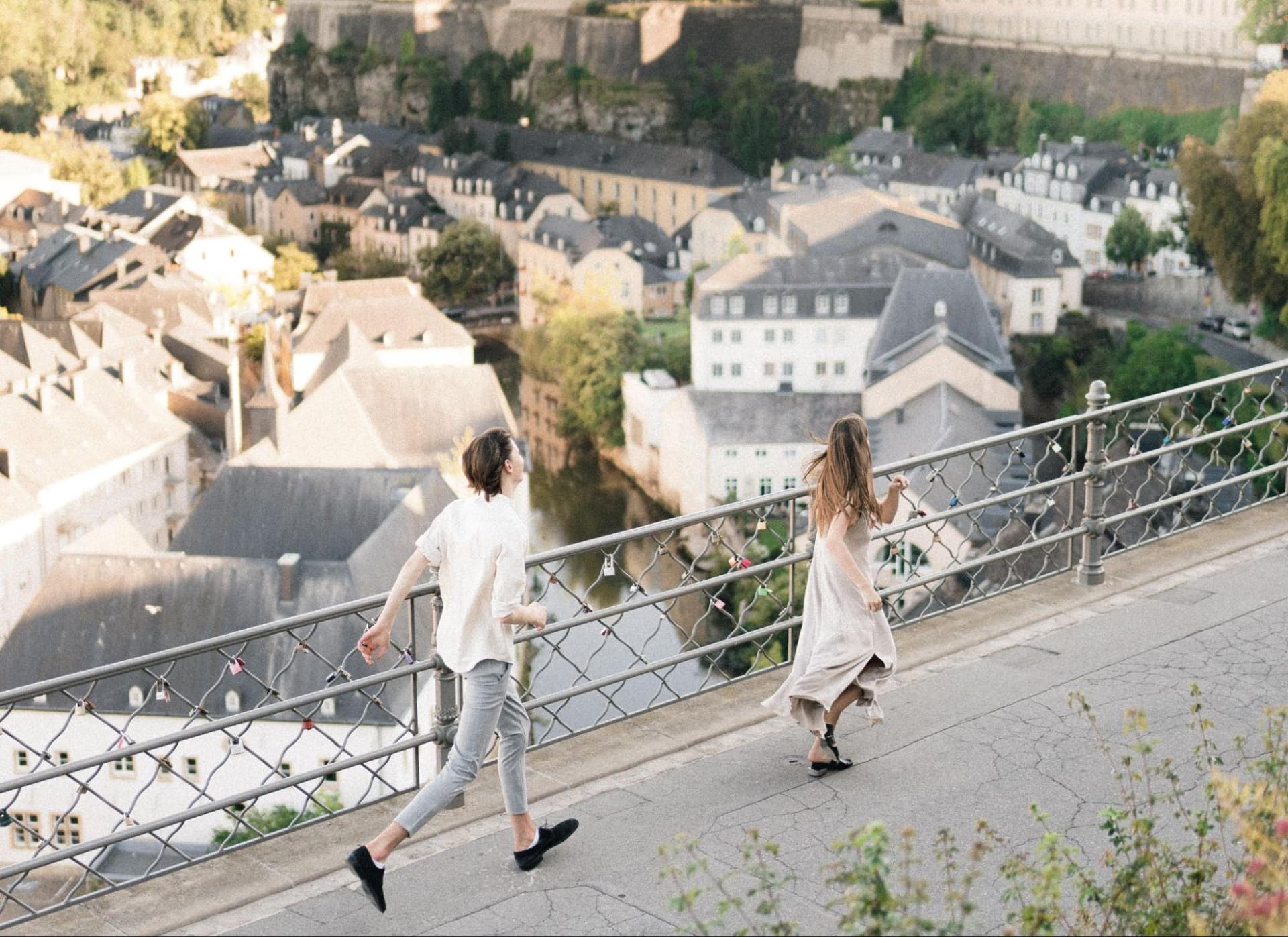
The authentic medieval fortress wall is accessible for walks, and it's worth taking advantage of it. You'll see wonderful views, especially if you walk towards the river: there's a great view of the complex of ancient fortifications.
The wall is long, this is the place where you can take the most beautiful pictures — Wenzel photopoint.
Jacob Tower
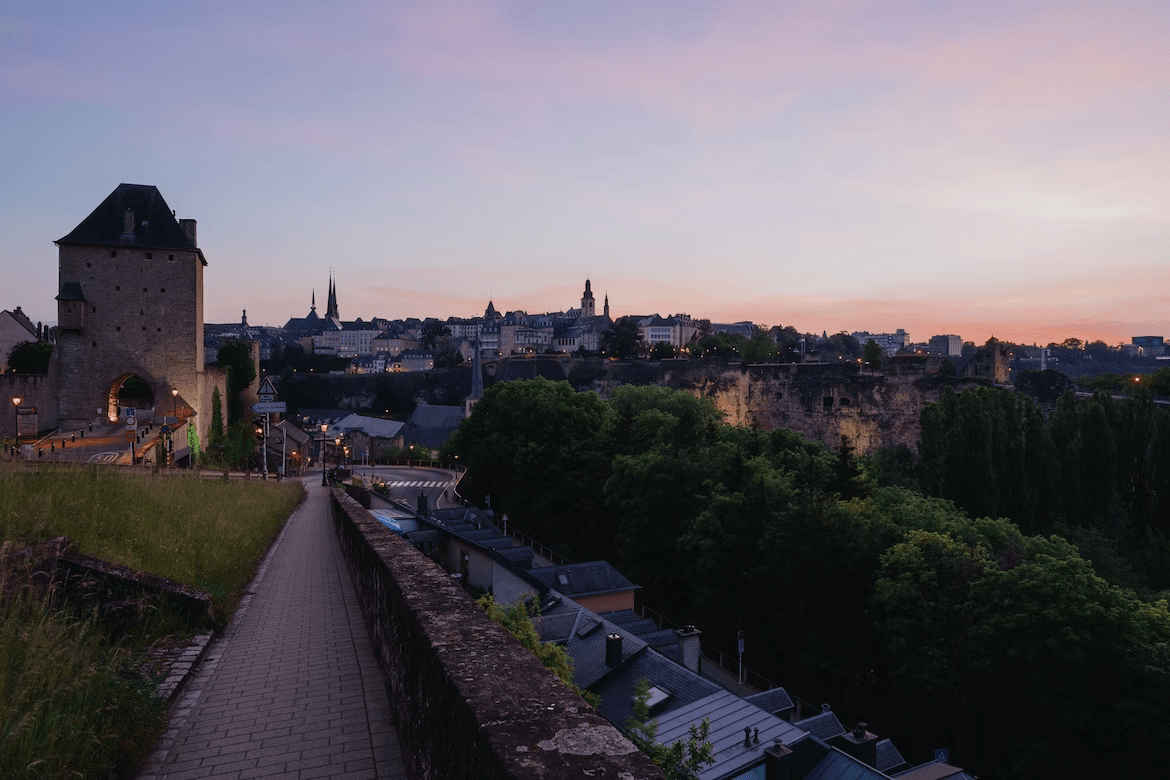
Address: Clausen, Rumm, 2427 Grund Luxembourg
The old gate of the fortress, through which you can get behind the Wenzel wall. Unfortunately, the moat and drawbridge are no longer there, so you have to imagine them. If your imagination isn't enough, visit between April and October, when the Jacob's Tower tour includes the documentary "The Birth and Significance of the City Walls in the Middle Ages".
Bock Promontory
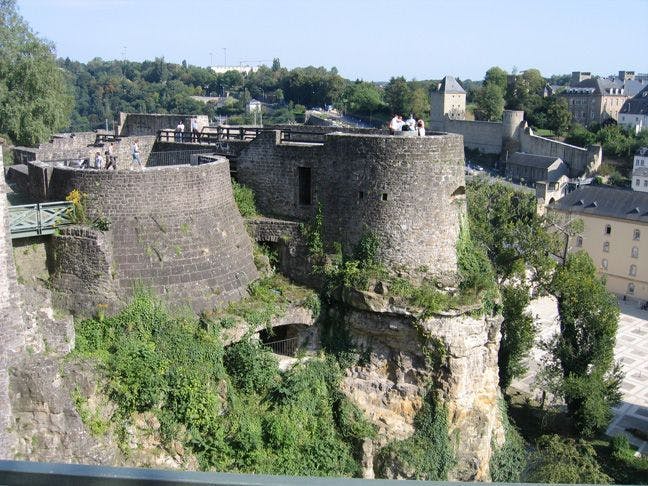
The name does not deceive you, it really is a rocky cape. What does architecture have to do with it, you may ask? The fact is that the defense of the city stretched not only upwards, but also downwards.
The Luxembourgers carved defensive tunnels right into the rock. Today they are known as casemates — their later purpose, fortunately, is not preserved to this day: you can see for yourself, tours of the casemates of the Bock are finally available after the reconstruction.
The City of Luxembourg offers guided tours of the Old Town to help you get to know the city better.
Ville Haute museums in Luxembourg to visit on weekends
As you may have noticed, the entire Ville Haute is a museum of sorts. However, if you want to delve deeper into the details, the local museums will give you that opportunity.
Lëtzebuerg City Museum
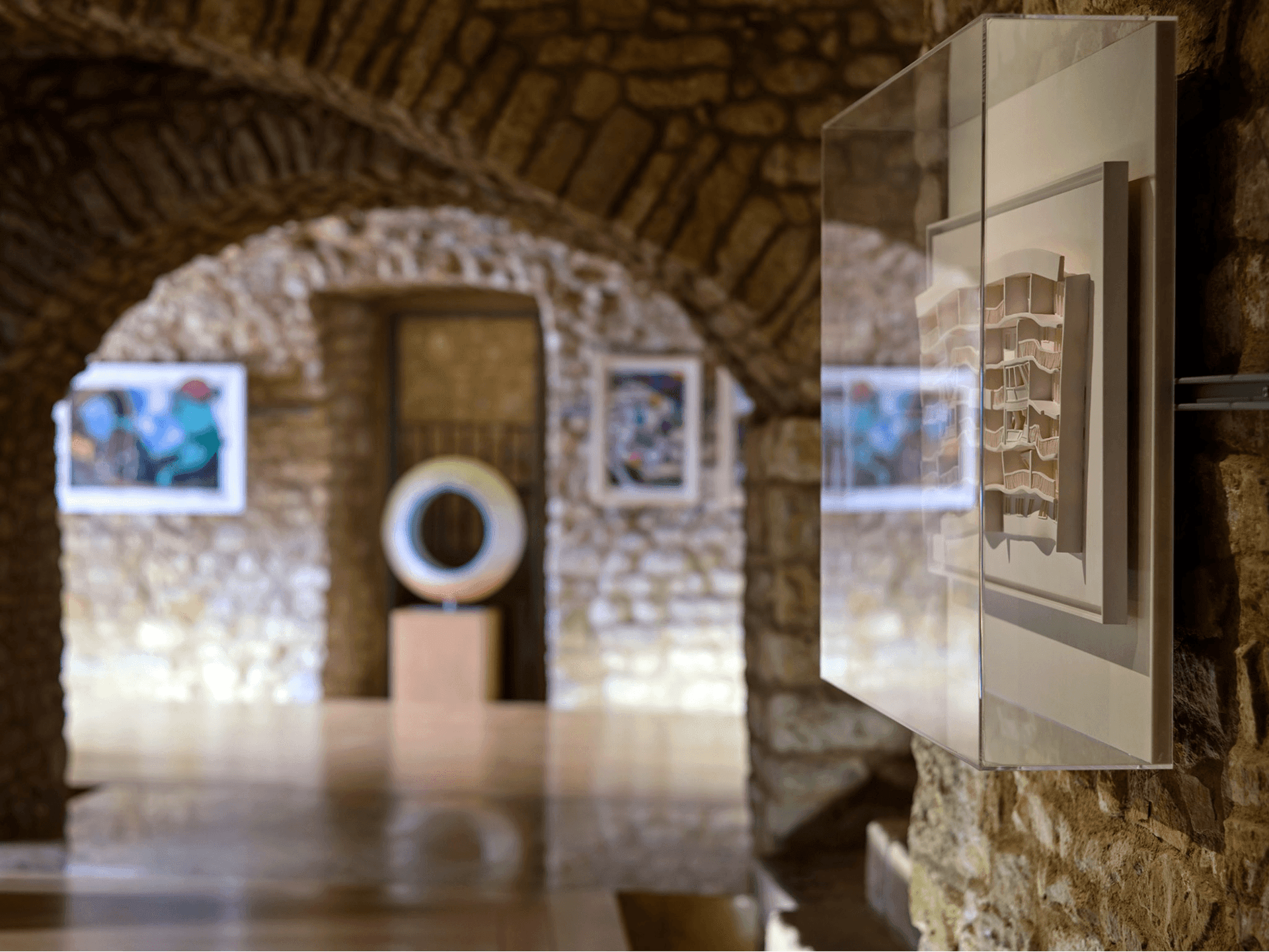
Address: 14 Rue du St Esprit, 1475 Ville-Haute Luxembourg
Phone: (+352) 4796 4500
Website: citymuseum.lu
As its name suggests, the museum will tell you more than a thousand years of the city's history. This is one of the two permanent exhibitions, while the other will introduce you to the inner workings of the medieval mill, an important artifact of a time when food was not so accessible.
Nationalmusée um Fëschmaart, National Museum of History and Art
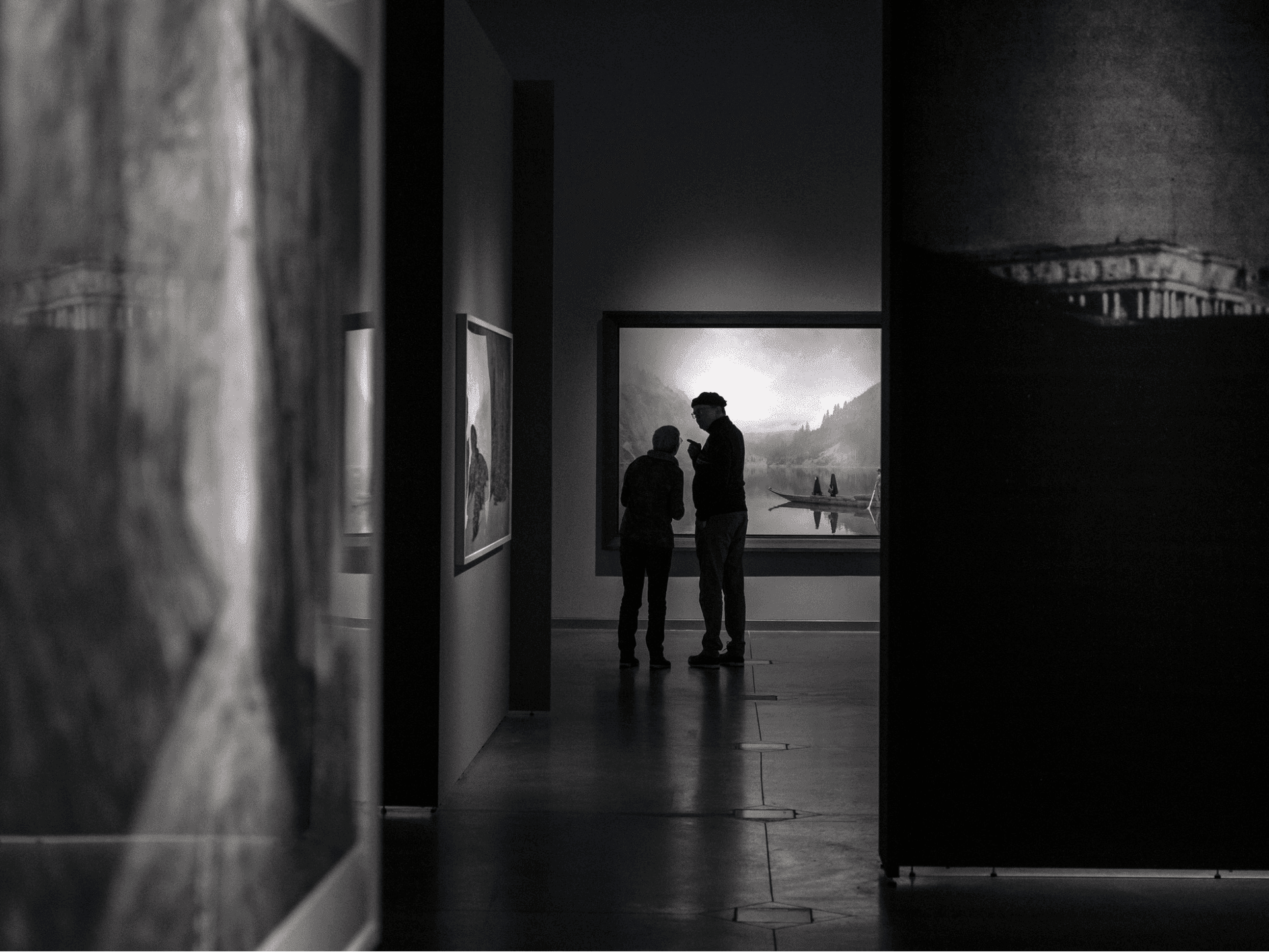
The impressive size of the museum is mainly due to the archaeological finds, which are displayed almost in their natural environment: on underground levels dug out of the rock. Art galleries are located on the upper floors.
The museum is open every day except Monday from 10 a.m. to 6 p.m. and till 8 p.m. on Thursday. Admission is free for young people and visitors to the permanent exhibitions.
Frequently Asked Questions (FAQ)
How long has it been since Luxembourg City's Old Town became a UNESCO World Heritage Site
Where can I park if I go to the Old Town in Luxembourg by car
How old is Luxembourg City
Source: whc.unesco.org, www.luxembourg-city.com, www.gpsmycity.com, www.gpsmycity.com
We took photos from these sources: Illustration by Luxtoday with Google Maps de.wikipedia.org lb.wikipedia.org Boudewijn Huysmans, Unsplash lb.wikipedia.org Damir Babacic, Unsplash Cedric Letsch, Unsplash lb.wikipedia.org City Museum Facebook page MNAHA Facebook page